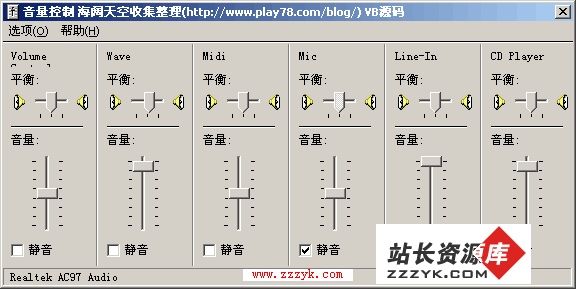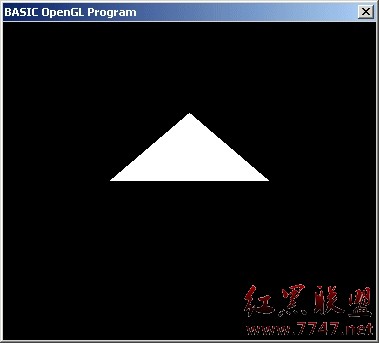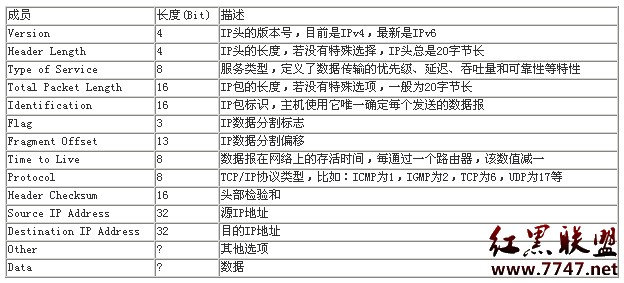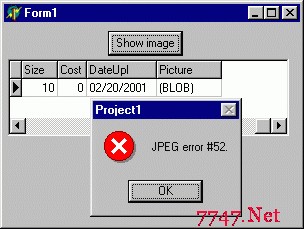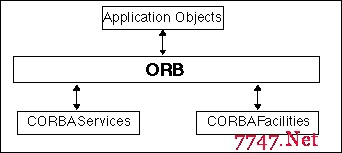通过API访问IECache
通过API访问IE Cache
我们知道在使用IE浏览网页时,IE会把远端主机的内容保存在本机以供以后脱机访问。下面将介绍的是如何通过Delphi编程实现遍历Cache中所有保存的内容。
如果大家对Windows API编程比较熟悉的话,应该知道对于遍历访问一般有两种办法,一是定义一个回调函数,然后将回调函数地址传递给遍历函数,当遍历到一个内容时就会调用回调函数一次,例如EnumWindows函数。另外一种是先利用一个API函数建立一个局柄,然后以这个局柄作为遍历函数的参数,我们可以通过反复调用遍历函数知道返回False,例如FindFirstFile以及FindNextFile函数。对IE Cache的遍历使用的是第二种方法,即首先调用FindFirstUrlCacheEntryEx,如果成功返回一个局柄,然后通过重复调用FindNextUrlCacheEntryEx知道函数返回False,这样就可以实现对Cache中所有文件的遍历。
下面来看程序,建立一个新工程,然后在Form1中分别加入两个TButton组件以及两个TListBox组件,Form1的完整代码如下:unit Unit1;
inte易做图ce
uses
Windows, Messages, SysUtils, Classes, Graphics, Controls, Forms, Dialogs,
Wininet, StdCtrls;type
TForm1 = class(TForm)
Button1: TButton;
ListBox1: TListBox;
ListBox2: TListBox;
Button2: TButton;
procedure Button1Click(Sender: TObject);
procedure Button2Click(Sender: TObject);
private
function FindNextEntrys(Handle:Integer):Boolean;
{ Private declarations }
public
{ Public declarations }
end;var
Form1: TForm1;implementation
{$R *.DFM}
function TForm1.FindNextEntrys(Handle:Integer):Boolean;
var
T: PInternetCacheEntryInfo;
D: DWORD;
begin
D := 0;
FindnextUrlCacheEntryEx(Handle, nil, @D, nil, nil, nil);
GetMem(T, D);
try
if FindNextUrlCacheEntryEx(Handle, T, @D, nil, nil, nil) then begin
ListBox1.Items.Add(T.lpszSourceUrlName);
ListBox2.Items.Add(T.lpszLocalFileName);
Result := True;
end
else
Result := False;
finally
FreeMem(T, D)
end;
end;procedure TForm1.Button1Click(Sender: TObject);
var
H:Integer;
T: PInternetCacheEntryInfo;
D: DWORD;
begin
D := 0;
FindFirstUrlCacheEntryEx(nil, 0, NORMAL_CACHE_ENTRY, 0,nil,@D, nil, nil, nil);
GetMem(T, D);
try
H := FindFirstUrlCacheEntryEx(nil,0, NORMAL_CACHE_ENTRY, 0, T, @D, nil, nil, nil);
if (H = 0) then
else begin
repeat
until not FindNextEntrys(H);
FindCloseUrlCache(H);
end
finally
FreeMem(T, D)
end;
end;procedure TForm1.Button2Click(Sender: TObject);
var
URL:String;
begin
If ListBox1.ItemIndex >=0 then begin
URL:=ListBox1.Items.Strings[ListBox1.ItemIndex];
Self.Caption := URL;
if DeleteUrlCacheEntry(PChar(URL))then
ListBox1.Items.Delete(ListBox1.ItemIndex);
end;
end;end.
运行程序,点击Button1,就可以分别在ListBox1中列出所有在Cache中的文件所对应的URL以及在ListBox2中列出相应的文件名。在ListBox1中选择一个列表,然后点击 Button2 就可以将该项从Cache中删除。
下面看程序,FindFirstUrlCacheEntryEx函数在Delphi中定义如下:function FindFirstUrlCacheEntryExA(lpszUrlSearchPattern: PAnsiChar;
dwFlags: DWORD;
dwFilter: DWORD;
GroupId: GROUPID;
lpFirstCacheEntryInfo: PInternetCacheEntryInfo;
lpdwFirstCacheEntryInfoBufferSize: LPDWORD;
lpGroupAttributes: Pointer; { 必须为 nil }
pcbGroupAttributes: LPDWORD; {必须为 nil }
lpReserved: Pointer { 必须为 nil }
): THandle; stdcall;其中,dwFilter定义查找类型,在这里定义为NORMAL_CACHE_ENTRY以查找普通的Cache文件,GroupId定义查找分组,在这里定义为0以查找所有分组。lpFirstCacheEntryInfo定义Cache文件数据结构。该结构在Wininet.pas中有定义,这里就不列出了,其中成员lpszSourceUrlName以及lpszLocalFileName分别定义文件URL以及本地文件名。
在上面的程序中我们可以看到,不论调用FindFirstUrlCacheEntryEx还是FindNextUrlCacheEntryEx,都需要调用两次,第一次获得一个指向PInternetCacheEntryInfo结构的指针,将这个指针通过GetMem函数赋予一个PInternetCacheEntryInfo结构数据。然后第二次调用才可以获得结果。遍历访问完毕后需要调用FindCloseUrlCache方法关闭打开的局柄。
上面介绍的是Cache操作中的遍历Cache文件以及删除Cache文件的操作。Cache操作函数还包括:分组函数,可以将特定的文件分在一个组内并执行组操作,例如:CreateUrlCacheGroup、SetUrlCacheEntryGroup;数据流(Stream)操作函数,可以将Cache中的内容输入到数据流中。等等。大家可以参考MSDN中的帮助,或者到我的主页 http://www.applevb.com 同我讨论以及获得源程序。
以上程序在Win2000、Delphi 5下编写,Win2000、Win98下运行通过。
补充:软件开发 , Delphi ,